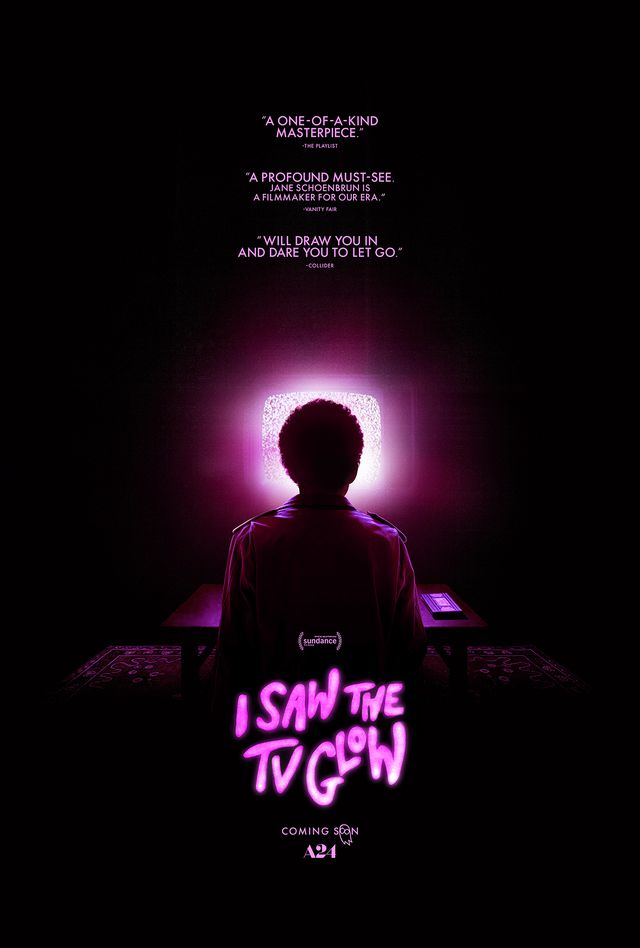For writer Allison Treanor, “A Song of Ice and Fire” is defined by its characters’ lives, told by several different points of view.
‘A Song of Ice and Fire’ is more than ‘A Game of Thrones’

“It is a man’s life that matters, not his death,” George R. R. Martin writes in “A Dance With Dragons,” the fifth novel in the “A Song of Ice and Fire” series.
At a glance, “A Song of Ice and Fire” is defined by death. Every novel begins, ends and is filled with death.
Although the novels are remembered for their shocking scenes, Martin’s mastery of postmodern characterization makes these moments truly memorable — it’s what the series should be remembered and regaled for.
The story of “A Song of Ice and Fire” is defined by its characters’ lives, told by several different points of view: a psychotic tyrant, a witty dwarf, a grieving mother and a forsaken priest.
The first two novels are mainly a conflict between two of the most powerful families in Westeros — the righteous Starks and cunning Lannisters.
Although their honor makes them the most sympathetic characters, the Starks can be comically black and white. Compared to the other more complex factions, the Starks’ rationality renders them unrealistic and predictably heroic.
Younger siblings Arya and Bran hold the most boring chapters of the series, spending several hundred pages each getting from one end of the world to the other without serving to further the greater plot.
Their half-brother Jon Snow, a rogue who joins a decrepit ancient order and attempts to revitalize it, is one of three main characters in the series, along with Tyrion Lannister and Daenerys Targaryen.
Jon’s chapters drag at first, but as he gains power and becomes more jaded, his conflicting self-doubt and self-righteousness draw sympathy from the reader, while his power draws jealous hatred from other characters.
Comparatively, the Lannisters initially appear as stereotypical, scheming antagonists. As the series progresses, their villainous reputation is unmasked, revealing a family only acting to protect themselves and their power — just as the other houses do.
The Lannister characters are undoubtedly some of the best in the series. Tyrion Lannister, holding the most chapters of any character, begins the series as absurdly righteous as the Starks but slowly descends into fervent, justifiable hatred for a corrupt world.
Cersei Lannister, introduced as a point-of-view narrator in “A Feast for Crows,” is a woman driven mad by prophecy and misogyny. She has an insatiable lust for power and her chapters are a delightfully deranged read.
The other two main factions are the Baratheons and Targaryens. The former are led by the stoic Stannis, seen through the eyes of his best friend Davos. The Targaryens are led by the last of their bloodline, Daenerys.
Daenerys is a 13-year-old girl with a dynasty on her shoulders. She takes it upon herself to free others and lead with kindness, seeing her power as her duty.
Under it all, she dreams of returning to a home she never had, with a red door and a lemon tree in the yard. Daenerys’ chapters are tragically compelling as she tries to bring justice to a world so built against it.
After a bloodbath ending to “A Storm of Swords,” the series takes a narrative turn for the fourth novel, “A Feast for Crows.”
Without the typical points of view, “A Feast for Crows” takes place at the same time as its successor “A Dance with Dragons,” presenting dual perspectives of the same events.
The fourth installment is the most divisive book in the series. In place of the usual main characters, the novel introduces several new points of view, serving to build Westeros, introducing the reader to the harsh, barbaric Iron Islands and the simmering, plotting Dorne.
The Iron Islands plot is particularly riveting. Based on archaic Viking culture, the Ironmen are brutal warriors who make up for their lack of political finesse with a culture of sheer violence.
Despite desolate conditions, the Ironmen characters hold some of Martin’s most poetic and comedic writing.
Aeron “Damphair” Greyjoy has the most eloquent chapters in “A Feast for Crows,” Martin ending his last with an unforgettable line: “Even a priest may doubt. Even a prophet may know terror. Aeron Damphair reached within himself for his god and discovered only silence.”
“A Dance with Dragons,” the most recent installment, sees the return of most familiar characters, who unfortunately spend much of their precious page time in circular politicking and bureaucracy, making the book lull at times.
The standout character of “A Dance with Dragons” is Reek — the tortured ghost of a once familiar character who fights to regain his identity and come to terms with his treacherous past.
Reek’s chapters showcase Martin masterfully diving into horror, written in stomach-churning detail.
Unfortunately, the series has stood still at “A Dance with Dragons” for the past 13 years, with “The Winds of Winter” never seeming nearer.
This does make reading the novels bittersweet, as it seems unlikely 75-year-old Martin will ever finish the series slated to have two more installments. Still, the lack of conclusion doesn’t take away from the sheer quality of the available books.
“A Song of Ice and Fire,” high fantasy as it is, is centered around its painfully-human characters at its core. They make terrible mistakes and do terrible things, never without their own unique reason. They can neither be supported nor blamed.
Readers of the series are left only to witness and understand there are no certainties — not in Westeros and not on Earth.
Featured image taken by Allison Treanor / The Phoenix.










